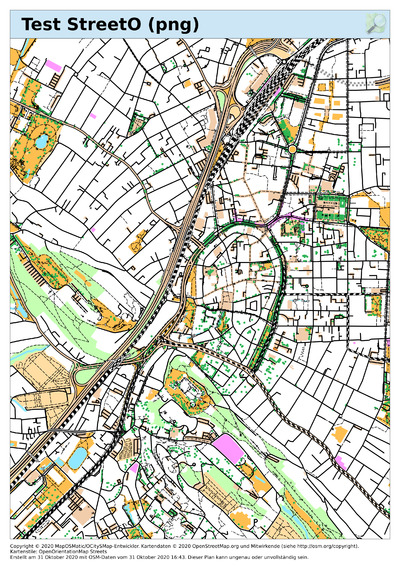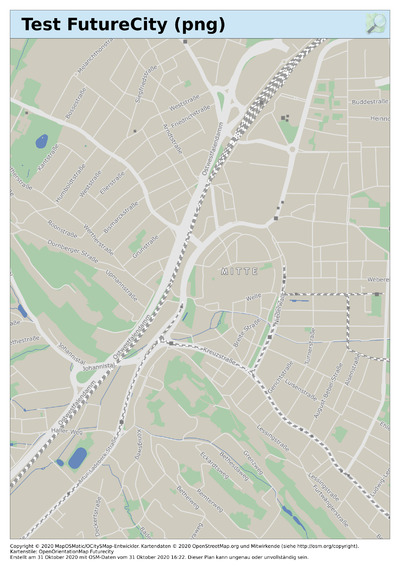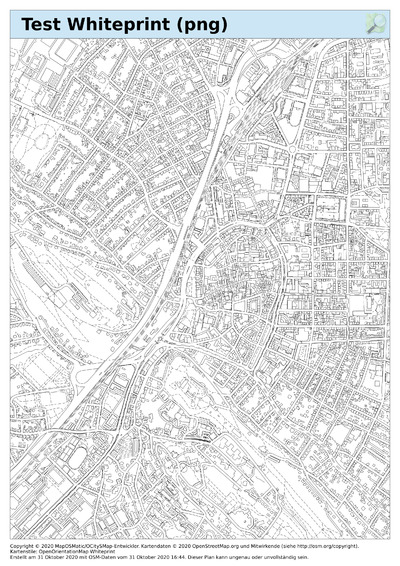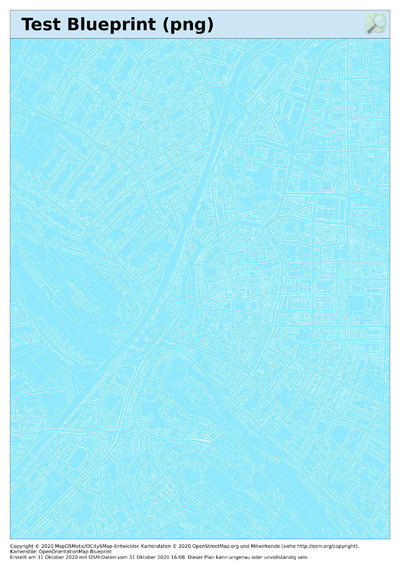130000+ maps rendered
Some day in September my MapOSMatic instance crossed the line of 130K maps rendered, since it started in May 2016. At this rate it will get to 150K even before it’s fourth anniversary 🙂
Database reimport
I had to do a database re-import recently as it had turned out that some data was missing, probably due to recent general problems with minutely changesets on the OSM side. At that point I also took the opportunity to upgrade osm2pgsql and the import style, so that the database is now ready for v5 releases of the OpenStreetMap Carto style. Older styles should continue to work as before with this.
Email setup
So far the MapOSMatic setup used my GMail account for sending out error notifications to me, and “your map is ready” notifications.
I now switched to running my own mail server instead, so reducing the number of external dependencies and increasing privacy a little bit.
During this I discovered something embarrassing: looks as if for years, ever since I introduced the feature, “your map is ready” notifications were actually never sent to the notification address given by users, but to the server administrators address (so mine) only. I never really noticed as I used my own address for testing anyway … this is now fixed, too.
Style updates
I have been a bit sloppy with style upgrades in recent month, but I’m going to catch up with this again. For a start I’m now going over the style installation scripts in my MapOSMatic Vagrant test project, once that’s finished and all tests pass I will upgrade styles on the public instance, too. This will affect:
- The OpenStreetMap Carto style
- The Humanitarian style
- The Belgian style
- The OpenArdenne style
and probably a few others, too.
I’m also still on the hunt for more open source MapnikXML and CartoOSS styles to support, so if you know of any that I’m missing that is based on the osm2pgsql schema, please let me know.
Styles that use imposm instead of osm2pgsql may also be supported in the future, but right now this is not possible due to disk space constraint on the current server.
What’s next?
Once I’m done with bringing all styles up to date I plan to gradually increase the maximum area size that can be rendered. Currently this is limited to 20x20km², but there’s no real technical reason for this. The limit is just there to put a limit to rendering time.
As all render requests are processed by a single queue one by one so far, this was meant to keep the total queue waiting time low, together with a hard 60 minute limit after which render jobs are killed.
My plan is to set up at least two separate rendering queues for the future, a “quick” and a “slow” queue. Based on area covered, base and overlay style choices, and single vs. multi page layout, the system will try to predict whether a requested render job will be fast or slow, and will put it in the quick or slow queue accordingly.
This way the typical quick requests that only take a few minutes or less to render will no longer have to wait for e.g. multi page requests with many pages, and the one hour limit can be lifted a bit for the slow queue. At the same time I can lower the time limit for the quick queue, so that in cases where the render time estimate turns out to be wrong a request can be canceled early, and be moved to he slow queue for re-rendering.
Once that’s done I will then probably focus on the paper size dialog once more, finally making it possible to choose a specific map scale there, so that things like “I want a 1:10,000 map on DinA2 paper” will finally become possible.
Another thing I’m working on on the side is to try to create — or extend one of the existing — Mapnik symbolizers for rendering arcs. This would allow for rendering things like the camera viewing angles in the “Surveillance under Surveillance” overlay — which right now uses the Python Cairo Bindings directly instead of Mapnik — or like the nautical navigational light visibility arcs on OpenSeaMap — which uses its own custom renderer implementation for this.



